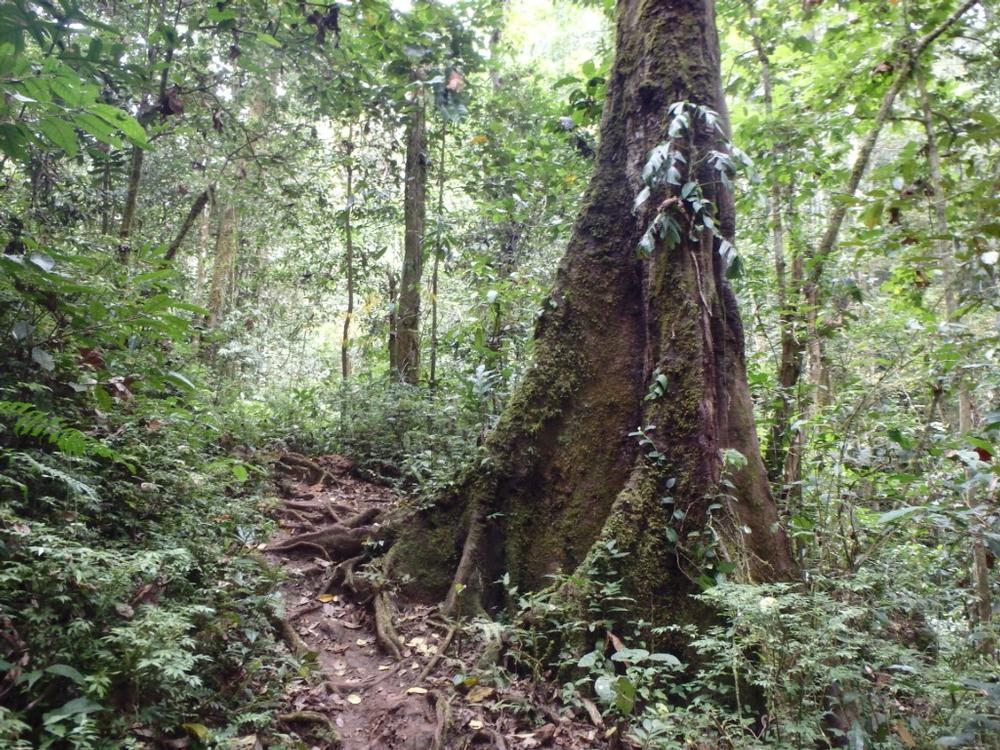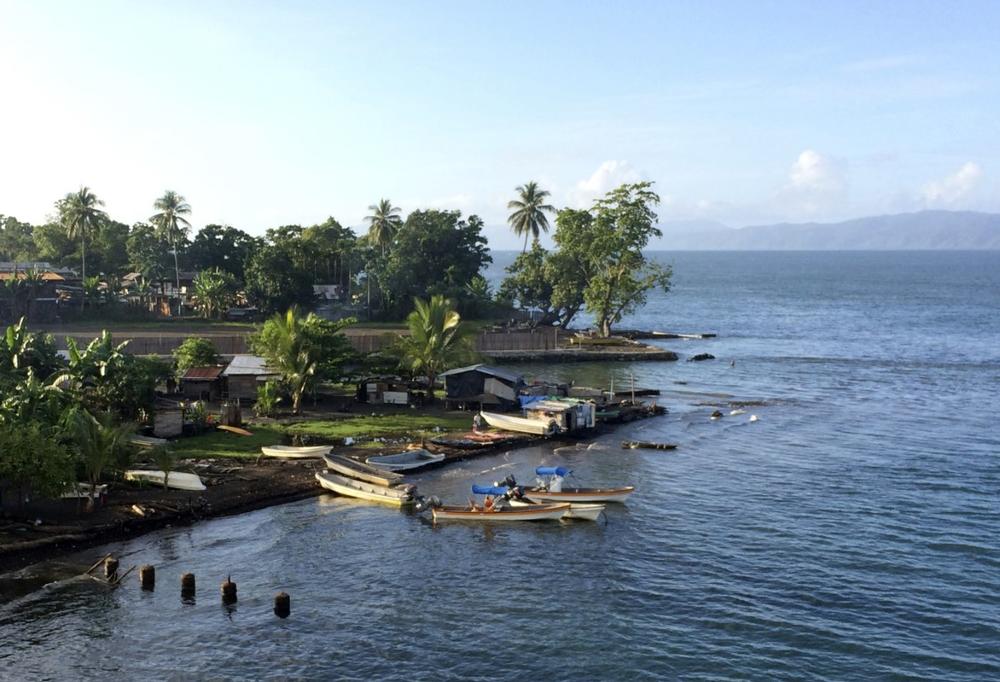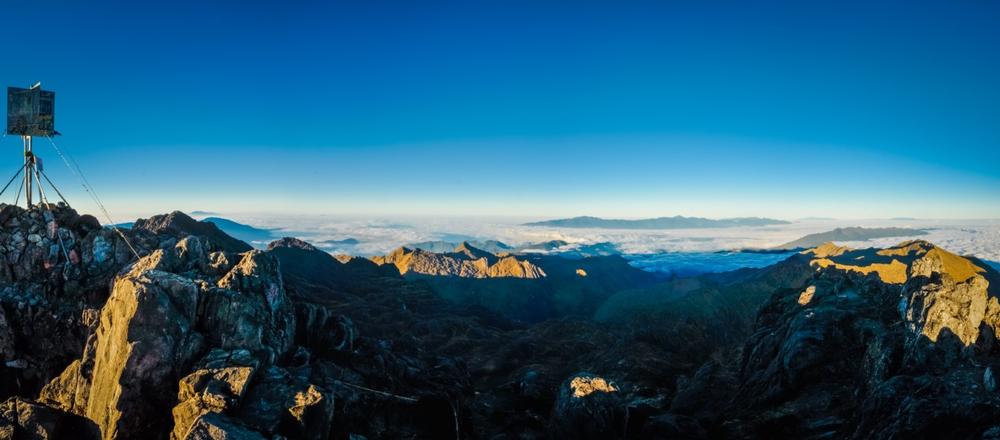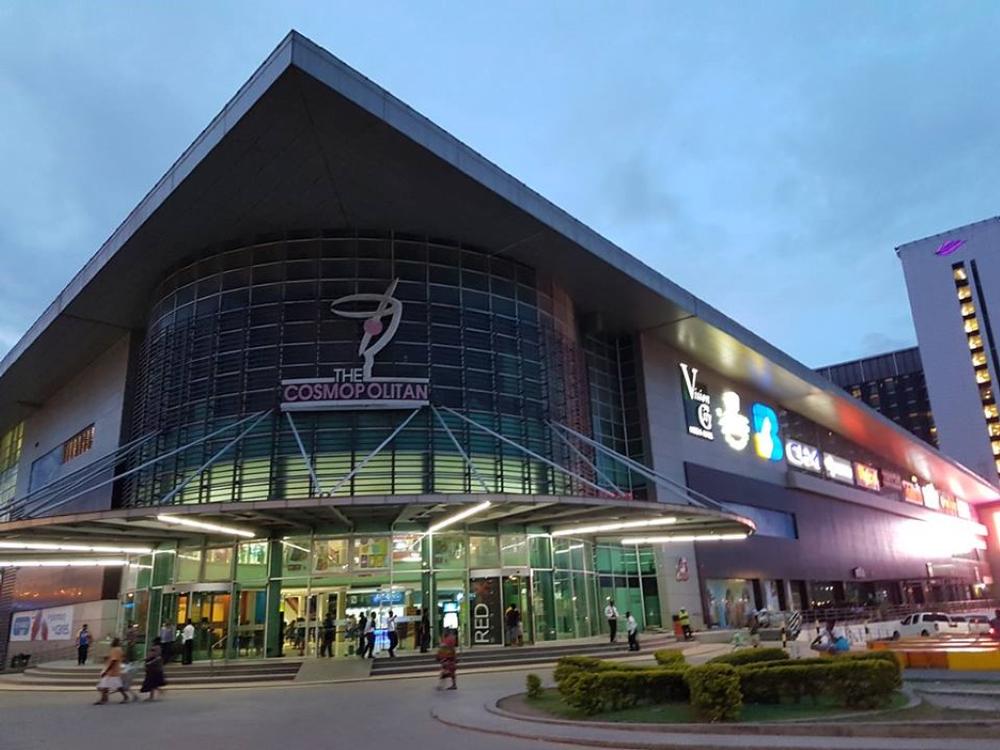Need a truly wild, culturally rich, and off-the-beaten-path adventure? Head to Papua New Guinea! Located just north of Australia, Papua New Guinea (PNG) is a remote, untamed island nation of dense rainforests, towering mountains, vibrant tribal traditions, and world-class diving. Whether you're exploring tribal festivals, trekking through jungle trails, or diving WWII wrecks in crystal-clear waters, PNG offers a one-of-a-kind journey for intrepid travelers.
Papua New Guinea Highlights:
- For Adventurous Travelers: Trek the Kokoda Trail – Hike this legendary WWII route through mountainous jungle terrain, guided by locals and rich with history.
- For Culture Seekers: Attend the Mount Hagen Cultural Show – Witness hundreds of tribes in traditional dress performing sing-sings, dances, and rituals.
- For Divers: Dive in Kimbe Bay or Milne Bay – Explore coral reefs, WWII shipwrecks, and marine biodiversity hotspots ranked among the world’s best.
- For Couples: Relax on Loloata Island – A boutique island resort near Port Moresby perfect for snorkeling, sunsets, and seclusion.
- For Families: Visit the Port Moresby Nature Park – A safe and educational environment to see PNG’s native birds, tree kangaroos, and orchids.
Best Time to Visit Papua New Guinea
The best time to visit Papua New Guinea is during the dry season from May to October, which offers better weather for trekking, diving, and attending festivals. This period includes major cultural events and reduced risk of tropical rainstorms or flooding. Coastal areas remain warm and humid year-round.
How to Get to Papua New Guinea
- By Air: Fly into Jacksons International Airport (POM) in Port Moresby from major hubs like Brisbane, Cairns, Singapore, and Manila.
- By Boat: Occasional cruise ships visit PNG’s coastal towns, but regular ferry options are limited and not recommended for most travelers.
- By Domestic Flight: Air Niugini and PNG Air offer domestic routes between Port Moresby and towns like Lae, Goroka, and Rabaul.
Where to Stay in Papua New Guinea
- Recommended for Adventurers: Kokoda Trail Guesthouses – Basic village accommodations along the trail, hosted by local families or trekking companies.
- For Couples: Loloata Island Resort – Luxury resort with overwater bungalows, dive center, and fine dining just off the coast of Port Moresby.
- For Divers: Walindi Plantation Resort (Kimbe Bay) – Renowned dive resort with expert-led tours and eco-lodging in a remote paradise.
Best Things to Do in Papua New Guinea
Where to Eat in Papua New Guinea
- Recommended for Families: Duffy Café (Port Moresby) – Modern café with breakfast, coffee, and family-friendly fare in a safe environment.
- For Local Flavors: Rapala Restaurant (Port Moresby) – Upscale dining with PNG-style seafood and regional flavors at the Crowne Plaza.
- For a Casual Meal: Asia Aromas – Popular for Chinese and Asian fusion cuisine in central Port Moresby.
If you are interested in local events:
- For Culture Lovers: Mount Hagen Cultural Show (August) – The largest tribal gathering with hundreds of groups in full traditional attire.
- For Regional Diversity: Goroka Show (September) – An equally vibrant and less crowded alternative with performances, rituals, and parades.
- For History Buffs: Remembrance Day Ceremonies (July 23) – Held at war memorials to honor those who fought during WWII.
Day Trip Itineraries Within 30–60 Minutes of Port Moresby:
- For Nature: Port Moresby Nature Park – See native wildlife and rare plants in a well-maintained botanical park and sanctuary.
- For Scenery: Varirata National Park – Hike forest trails, enjoy birdwatching, and take in views of the coastline and mountains.
- For Relaxation: Loloata Island – Snorkel, dive, or relax at a resort on a tranquil island just off the coast.
- For Culture: Hanuabada Village – Visit a stilt-house village known for its proud Motuan heritage and warm community.
Frequently Asked Questions:
- Where is Papua New Guinea located?
- Papua New Guinea (PNG) occupies the eastern half of the island of New Guinea and the offshore islands.
- When did Papua New Guinea gain independence?
- It gained its sovereignty from Australia in 1975 and is a member of the Commonwealth of Nations.
- Why is Papua New Guinea considered one of the least explored countries?
- Possibly because of the dense, mountainous jungle interior, PNG is one of the least urbanized and least explored countries in the world.
- It is believed that there are communities that have not made contact with other humans and undiscovered plant and animal species.
- What is the geography and climate like in Papua New Guinea?
- The islands are surrounded by coral reefs, and there is often snowfall on the high ground.
- What natural hazards affect Papua New Guinea?
- The country is on the Pacific Ring of Fire and is subject to earthquakes and tsunamis.
At a Glance:
Best Time to Visit
Top Destinations
Tips for Visiting
Spring (March-May) – End of the rainy season with lush green landscapes.
Port Moresby – The capital city, home to cultural and historical sites.
Visit the National Museum & Art Gallery – Learn about PNG’s diverse indigenous cultures.
Summer (June-August) – Dry season, best for outdoor adventures and diving.
Milne Bay – Famous for world-class diving and marine biodiversity.
Go scuba diving in Milne Bay – Explore stunning coral reefs and diverse marine life.
Fall (September-November) – Dry season continues, ideal for trekking.
Kokoda Track – A historic and challenging trek through dense jungles.
Hike the Kokoda Track – Follow the footsteps of WWII soldiers through rugged terrain.
Winter (December-February) – Start of the rainy season, good for cultural experiences.
Mount Hagen – Known for its vibrant tribal culture and festivals.
Attend the Mount Hagen Cultural Show – Witness Papua New Guinea’s most spectacular tribal festival.
Map:
Plan Your Trip






